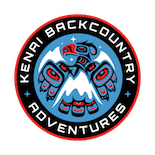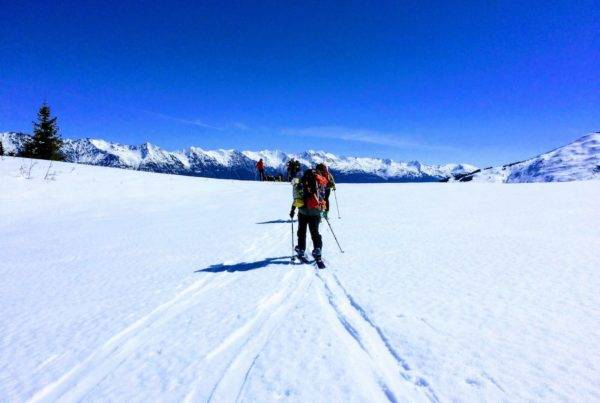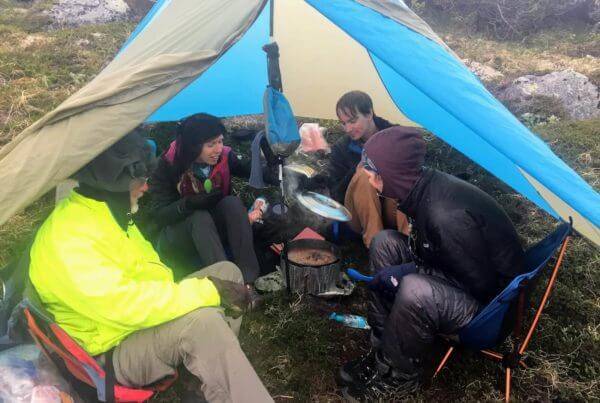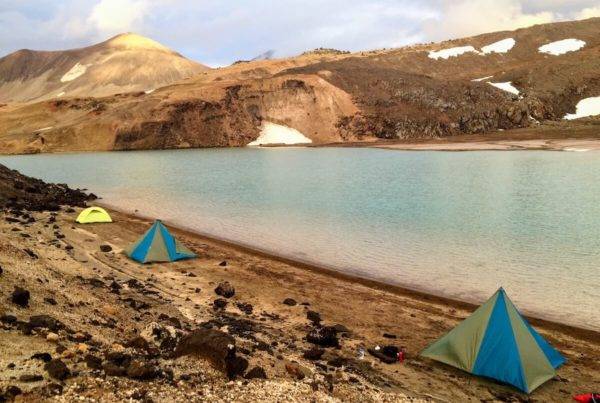HOW TO WASH A SLEEPING BAG (DOWN OR SYNTHETIC)
Sleeping in a sleeping bag means that oils and salts from your perspiration, plus grime from the outside world (including fine-grain sand) can remain inside the bag and compromise the insulation – and leave it smelling less-than-fresh. Keeping your bag clean will actually prolong its life, and make sleeping more pleasant, so we’ve put together what you need to know when washing your sleeping bag. If you already own a Sea to Summit sleeping bag some models come with care instructions printed right on the storage cell.
THE BASICS
Down sleeping bags
Don’t dry-clean a down sleeping bag
The dry-cleaning chemicals can strip the oils from the down and prevent it from lofting properly.
Use soap specifically formulated for down
Grangers Down Wash is an excellent product; it is also available as part of a kit which includes a product to maintain the hydrophobic performance of treated down (and even includes some special balls for use in the dryer which work better than tennis balls to loft up the down). Conventional laundry detergents will also strip oils from down.
Down and synthetic sleeping bags
For synthetic bags, use a non-detergent soap such as Grangers Down Wash.
Conventional laundry detergent contains brighteners and fillers that may stick to the polyester fibers and reduce the loft.
Do not use a top loading washing machine
The mechanical action of the impeller (the plastic spiral in the drum) is far too rough for a sleeping bag.
Either use a front loading washing machine on a gentle cycle* or hand-wash your sleeping bag
* If your front-loader washing machine does not have a delicate cycle suitable for washing woolen garments, do not attempt to wash a down sleeping bag in it. In case of doubt, it is better to be safe and hand wash the bag. A synthetic bag can be washed on a normal ‘gentle’ cycle without issues.
Washing an Ember quilt or a Basecamp/Explore sleeping bag
Remove the straps from the underside of the quilt/bag before washing. They can snag and damage the strap attachment points.
HAND WASH INSTRUCTIONS
It’s best to use a clean bathtub – turn the sleeping bag inside out, place it in the tub and add warm water (enough to cover the bag) and the recommended amount of the appropriate soap. Gently knead the sleeping bag to force water/soap through it. DO NOT PICK UP A DOWN BAG DURING THIS PROCESS. When the sleeping bag seems clean, drain the bathtub and then carefully roll up the bag to squeeze the water out. Turn bag right-side out. Refill the tub with clean water and knead the bag to force clean water through it – continue until there are no more suds. Carefully roll up the sleeping bag again to squeeze the water out of it.
MACHINE WASH INSTRUCTIONS
Zip up all zippers before putting the sleeping bag in the machine. Select a delicate wash cycle (see above) with a temperature setting of no higher than 40°C / 100°F with an extra rinse cycle. Select a faster/longer spin cycle – it is important that as much water is spun out of the bag as possible before you attempt to remove it from the drum. Whether you hand wash or machine wash, DO NOT pick up a down sleeping bag when it is full of water – the weight of the water in the down may tear out the internal baffles or cause the down to shift or ‘migrate’ from one chamber to another.
HOW TO DRY
Tumble dry
Once the water has been gently squeezed out of the sleeping bag, carefully put the sleeping bag in a large laundry sack before putting it in a tumble dryer. Set the dryer to low heat or ‘delicates’ and run a complete cycle – do not use ‘dryer sheets’ for this process. Remove the sleeping bag in the laundry sack and turn the sleeping bag inside out. Return the bag to the laundry sack and put it back in the dryer. If you are drying a down bag, put a couple clean tennis balls into the drum with the sleeping bag – they will help to break up clumps of down. If you purchased the Grangers Down Care kit mentioned above, you will have three lightweight plastic balls which you should use for this. Repeat these drying cycles until you are absolutely certain that the insulation is dry through and through – if the bag is put away even slightly damp, mold or mildew can form. If you can feel clumps of down in a down sleeping bag, the down is not dry yet.
Air the bag before storage
Hang the bag up in a dry place where it can air out before being returned to its storage sack.
Following these instructions will allow you to wash your sleeping bag while preserving its quality and warmth.
If all of this sounds terribly complicated one solution is to invest in a sleeping bag liner. This way you won’t need to wash your sleeping bag as often.




